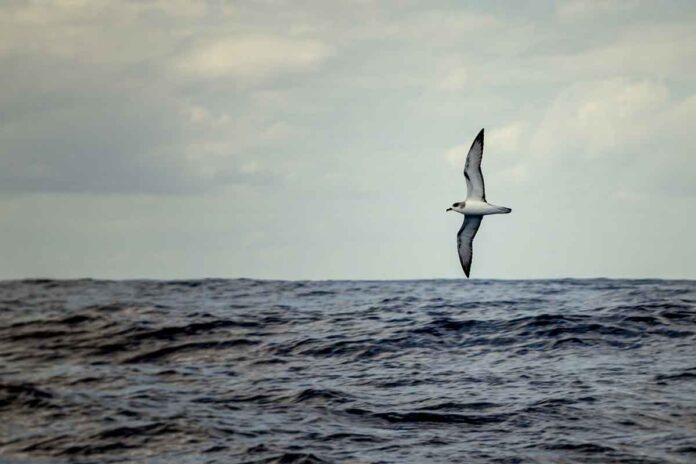Introduced invasive species have decimated islands all over the world. But restoring islands has a special emphasis on saving seabirds. It provides benefits on both land and sea. This is the message of a new perspective published in the Proceedings of the National Academy of Sciences on December 5th (PNAS). The article is titled “Harnessing island-ocean connections to maximise marine benefits of island conservation”. It acknowledges seabirds as an important link between island and marine ecosystems. It also identifies environmental characteristics of islands and nearshore marine environments that support ecosystem health. The study provides a framework for making effective land-sea conservation and management decisions.
According to the PNAS viewpoint, coordinated, large-scale conservation of both marine and terrestrial habitats may provide unrealized and amplified benefits. It can be beneficial for biodiversity, human well-being, climate resilience, and ocean health. Instead of pursuing individual pieces through siloed efforts, this new era of conservation must focus on the interconnectedness of all ecosystems. It should include “connector species” like seabirds.
Islands are home to some of the most valuable ecosystems on the planet. It is also home for a disproportionate number of rare plants, animals, communities, and cultures found nowhere else. Healthy land-sea ecosystems rely on the movement of nutrients from oceans to islands and back again. It is a process aided by seabirds and other connector species. Previous research has found that islands with large seabird populations are associated with larger fish populations, faster-growing coral reefs, and faster rates of coral recovery from climate change impacts.
Seabird conservation includes species like the Red-footed Booby, Hawaiian Petrel, Sooty Tern, and Brown Noddy. It offers significant opportunities to benefit the marine and terrestrial habitats they inhabit. Many seabird species have been driven to local or global extinction or near-extinction as a result of invasive nonnative mammals. Like rats that eat eggs and hatchlings and cats that hunt young and adult birds on islands where they nest. The extinction of these connector species results in degraded ecosystems on land and at sea. Getting rid of invasive species on islands is one of the most effective ways to restore native plants, animals, and ecosystems.
The insights presented in the PNAS viewpoint can help shape where the most significant marine co-benefits of island restoration may occur. Precipitation, elevation, vegetation cover, soil hydrology, oceanographic productivity, and wave energy are the authors’ six essential environmental characteristics. These can guide the prioritisation of island-ocean restorations.
Island rewilding
The paper identifies islands with higher rainfall, lower wave energy, and other conditions consistent with high land-sea connectivity, such as Floreana Island in Ecuador’s Galapagos Archipelago.
Floreana residents have seen firsthand the negative effects of invasive species. They are shaping their island’s future by playing a key role in its restoration.
Sonsorol Island in Palau is another location with significant land-sea connectivity potential. The decline in seabirds caused by invasive species has slowed nutrient deposition. It limited the productivity of surrounding reefs. Sonsorol Island is very remote. So, the community relies heavily on the local resources available to them. Residents were able to thrive on the natural resources provided by the land and sea prior to the impacts of invasive species.

